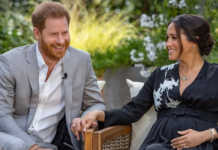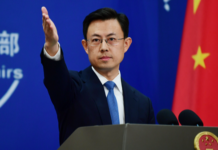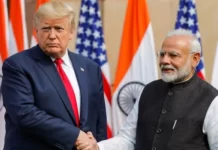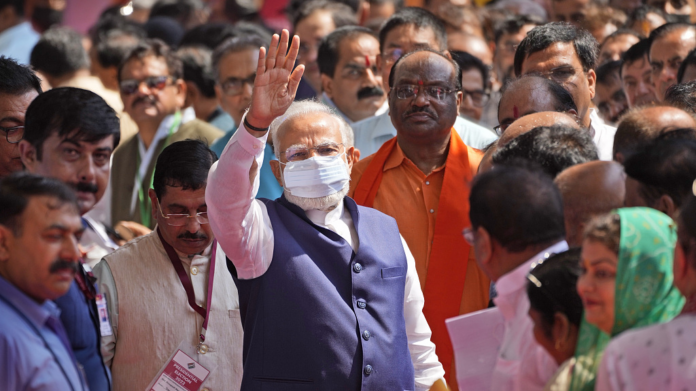NEW DELHI: India’s presidential election kicked off on Monday, with parliamentarians and state legislators choosing between the ruling National Democratic Alliance (NDA)’s Draupadi Murmu and opposition candidate Yashwant Sinha.
Elected representatives from Members of Parliament (MPs) and Members of Legislative Assemblies (MLAs) across all the states will cast their votes to elect the country’s 15th president.
Each of their votes is weighted according to the size of their constituency, and they rank the candidates in order of preference. If no-one has over 50 percent support, the lowest-scoring candidate is eliminated and their votes redistributed until someone reaches the mark.
According to the Election Commission of India, ballot counting will begin on July 21 and the new president will be sworn in on July 25.
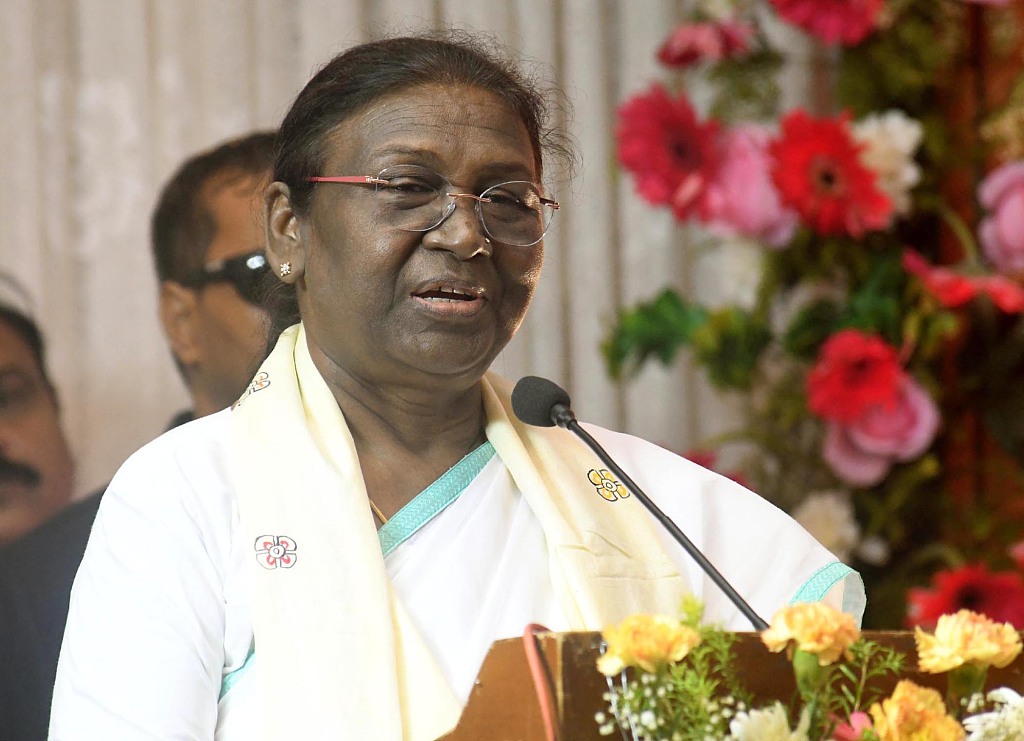
National Democratic Alliance Presidential candidate Droupadi Murmu speaks during a function at Hotel Maurya, Patna, India, July 5, 2022. /CFP
Murmu, 64, from the Santhal tribe, has been nominated by Prime Minister Narendra Modi’s ruling Bharatiya Janata Party for the largely ceremonial position. If elected, she would be India’s first tribal president and second female president.
Murmu “has devoted her life to serving society and empowering the poor, downtrodden as well as the marginalized,” Modi tweeted after her candidacy was announced.
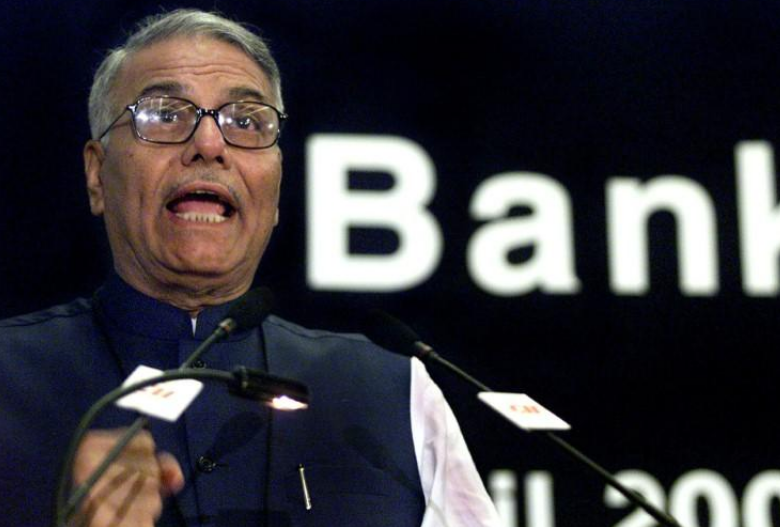
Yashwant Sinha speaks during the inaugural session of “Banking Summit 2002” organized by the Confederation of Indian Industries, Mumbai, India, April 1, 2002. /Reuters
Sinha has held the positions of the country’s finance minister and the external affairs minister.
He is now a vocal critic of Modi’s government and tweeted at the weekend: “This year the Presidential election is not a contest between two individuals but two ideologies.”
India’s prime minister wields executive power, but the president can send back a few parliamentary bills for reconsideration. The president also plays a guiding role in the process of forming governments.









